By Rida Lyammouri
March 18th, 2016
Important: This post provides information about weapons, drugs, and other illicit trafficking seizures in Northeastern Niger between September 2014 and May 2015. Please note that information provided is taken directly from a recent Libya United Nations (UN) report published March 2016. However since the report is long I decided to summarize important information related to trafficking and violent extremist organizations (VEOs) operating in the Sahel. I also included more seizures based on open-source reporting where necessary, and my own comments and analysis where necessary to provide more context.
- My Own Key Takeaways and Analysis Based on Information Provided at the UN Report:
- Fighting against increased pressure from French, the United Nations Multidimensional Integrated Stabilization Mission in Mali (MINUSMA), and Malian forces in Mali, AQIM [and allies] will continue to seek access to weapons and explosives from Libya. Since its intervention in Mali January 2013, French forces discovered and destroyed important number of arms caches belonging to AQIM and allied groups in Northern Mali.
- VEOs and non-state actors operating in Mali have contacts based in Libya to facilitate movement of weapons.
- Libyan weapons still and will continue to make its way to Mali despite increased pressure by operation Barkhane in Northeastern Niger in collaboration with Nigerien forces. This could be explained by continued violent attacks in Mali throughout 2015 and early 2016. Violence in Mali was not limited to VEOs but included rival secular movements, such as the National Movement for the Liberation of the Azawad (MNLA) and Malian government backed militia, Groupe d’Auto-Défense Tuareg Imghad et Alliés (GATIA). Despite peace agreement signed between armed groups and Malian government tensions remain high. Tribal tensions likely to complicate further the implementation of the peace accord.
- Demand of weapons from non-state armed groups will also continue.
- While security is not the main concern to Nigerien population, French forces presence in Northern Niger not only limited movement of weapons but also prevented VEOs from conducting violent attacks in the area. No major attacks took place in northern Niger since May 2013 when Mokhtar Bekmokhtar orchestrated simultaneous operations on Agadez and Arlit.
- Communities living on the borders depend on cross-border licit trade. This likely to suffer and be limited due to French increased presence to combat movement of weapons and VEOs activities in Northeastern Niger.
- For protection purposes organized criminal networks in charge of moving drugs through the Sahel to Europe or to the Middle East will continue to rely on weapons smuggled from Libya through southern borders.
- Economic and financial gains through licit and illicit trafficking in Southwest Libya will remain one of key driver of tribal and domestic tensions between different groups in the area.
- Information Taken from Libya UN Report
Weapons Smuggling Through Southern Libyan Borders
- While transfers of arms from Libya to Mali and the Niger have decreased in intensity thanks in large part to Operation Barkhane, several shipments of materiel coming from Libya have been seized from various actors in the past 18 months, indicating that the country remains a significant source of arms for armed groups in the Sahel.
- Libyan armed groups involved in providing materiel to convoys intercepted in Niger on their way to Mali include Desert Shield 8 and members of Katibat 315 of Ahmad al-Ansari and Katibat Ténéré in Ubari. These groups collect arms in the south and north of Libya and sell it to members of armed groups or intermediaries in the Sahel.
- The UN panel visited Niger in October 2015 and obtained information about armed groups and trafficking networks currently active between Libya and Mali/the Niger in particular. Transcripts of interrogations of individuals arrested in convoys in Northern Niger in 2014 and 2015 indicate that AQIM, Ansar al-Din, the MNLA, the Movement for Unity and Jihad in West Africa (MUJWA), and al-Murabitun are receiving support from Libya, either through members of the groups settled there or through temporary links and visits to gather money and arms and arrange other logistics.
- Information provided to the UN panel by France in February and December 2015 indicates that the use of Libyan materiel by armed groups, including terrorist groups, in Mali remains significant and has been documented in several caches. The Joint Mission Analysis Centre of MINUSMA has confirmed the information.
NIGER
Important convoys transporting members of armed groups, arms and other illicit goods intercepted in Northern Niger between September 2014 and May 2015:
Arrest of Abu Asseem El-Muhajir, in charge of communications for al-Murabitun, on the Salvador Pass, on his way to Libya. Abu Asseem is a Sudanese national; joined AQIM when the group occupied Timbuktu in 2012. The purpose of his travel to Libya was supposedly to meet Mokhtar Belmokhtar in Ajdabiya to make a video about the In Amenas attack conducted in January 2013.
Remarque: The RFI article indicates that the convoy was heading from Libya to Northern Mali, not the opposite direction as the UN report claims.
Six pick-up vehicles were intercepted transporting three tons of armaments to Mali. According to the statements of the occupants, the arms were provided by an Algerian national living in Ubari, Libya, from the Tareq Ibn Ziyad branch of AQIM. He [member of AQIM arrested] seized the weapons from a cache in the Libyan Desert. The arms were destined for Iyad Ag Ghali, leader of Ansar al-Din. Supposedly weapons were to be distributed between Ansar al-Din and another group linked to AQIM in Northern Mali.
4 February 2015
The French and Nigerien authorities intercepted a convoy of six vehicles, which included eight members of the MNLA transporting a large quantity of arms and ammunition, and EUR 539,000 in cash. They claimed it was collected from people supporting the secular group in Libya, while sources believe that the money was from a ransom payment. The vehicles were prepared in Ubari, from where the convoy departed; the destination was Kidal, Mali.
2 May 2015
In the far north of the country, the Nigerien army discovered an abandoned vehicle containing 1,700 rounds for assault rifles, one 82mm mortar launcher, 27 60mm mortar rounds, eleven 107mm rockets, one PKM and 60 radios. Nigerien authorities said the arms and other equipment were from Libya. The owner of the vehicle was not identified.
A convoy of two pick-up vehicles was intercepted south of Salvador Pass. After violent clashes, French and Nigerien forces killed three armed individuals and captured three others. Reportedly, 1.5 tones of drugs, weapons (AK-47s and PKM), and communication equipment seized.

Drugs and Weapons Seized by French and Nigerien Forces May 14th, 2015 at Salvador Pass. Source: French Defense Ministry
Arrest of armed drug traffickers
January 2015
Libyan nationals from Qatrun were intercepted in possession of cannabis they loaded in Chad. They were equipped with a PKM and 258 rounds of ammunition coming from Libya.
February 2015
A convoy of two cars was intercepted in northern Niger transporting drugs from Niger to Libya. The occupants were Tebus of Libyan and Chadian nationalities living in Murzuq. They were arrested with a significant quantity of arms. The Panel received results of its tracing request regarding the four FN FALs, three of which were sold to Libya by Belgium in the 1970s, and one was sold to the Democratic Republic of Congo (DRC) in 1970.
Nigerien army and gendarmerie have also conducted regular small seizures of arms and ammunition in the north of the country, originating from Libya, from gold prospectors around Djado Plateau, armed robbers and traffickers of various goods.
MALI
Libyan military materiel is used by non-state actors in Mali, and has been documented in caches of terrorist groups in particular. Information provided to the UN panel by France in February and December 2015 indicates that, while the majority of arsenals maintained by terrorist groups in Mali come from Malian stockpiles, Libya is still a major source of materiel from them. According to the French authorities, 50 per cent of the materiel used by terrorist groups comes from Malian stockpiles, 40 per cent from Libya, and 10 per cent from other sources. With the clear diminution of seizures from Malian national stockpiles, Libya has become the main source of procurement for these groups.
Various types of materiel originating from Libya have been seized from a range of armed groups, mainly north of the Gao-Timbuktu line. While most of this materiel arrived in Mali after the imposition of the arms embargo on Libya, it is very difficult to provide accurate dates for their transfer to Mali and procurement chains.
Images of Weapons and Explosives Discovered in Mali since 2013:

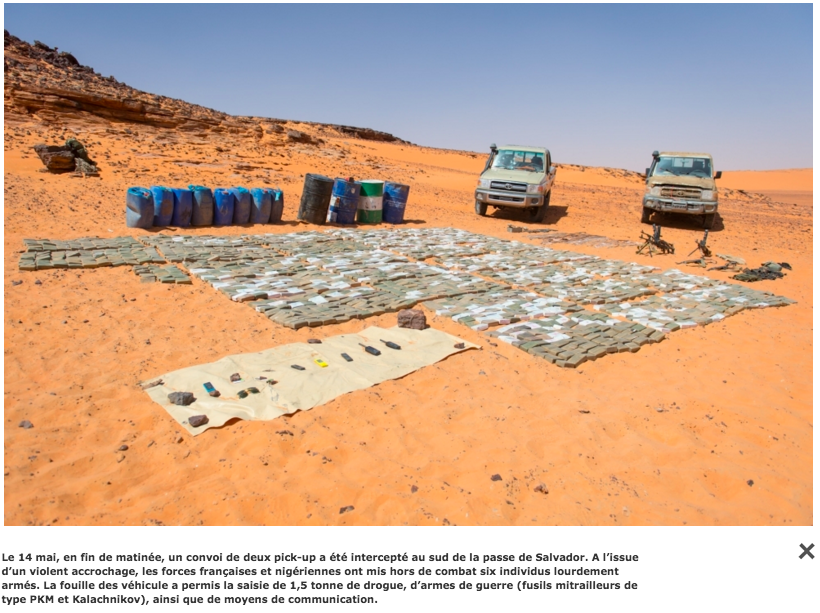

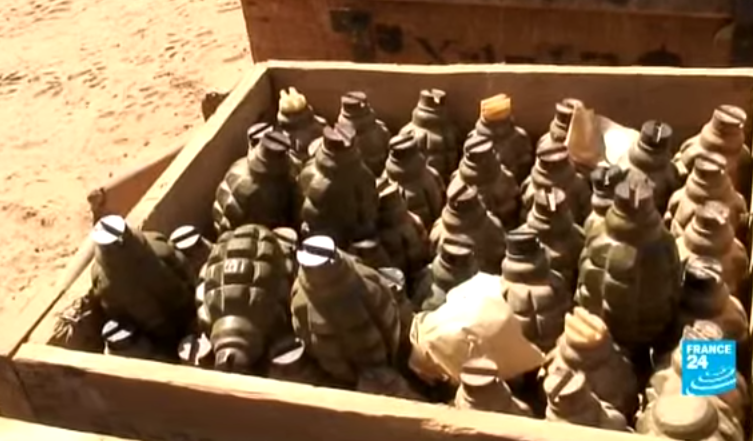
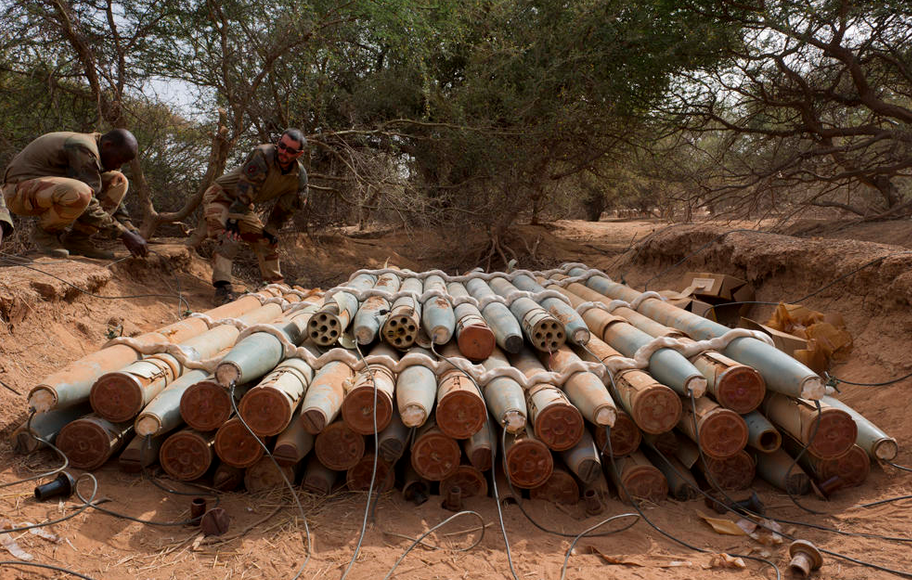
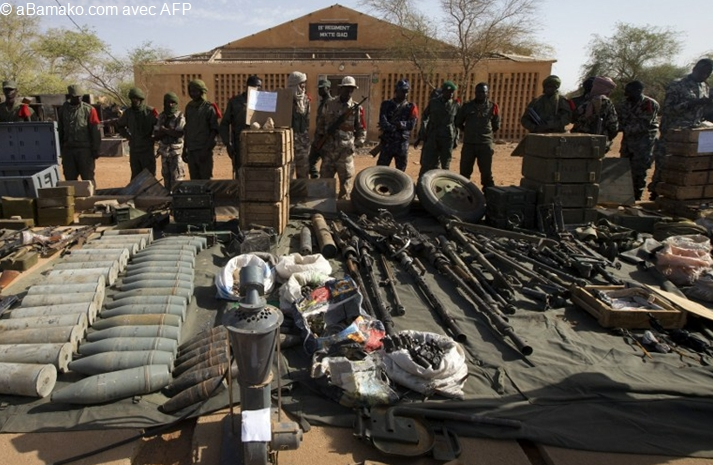
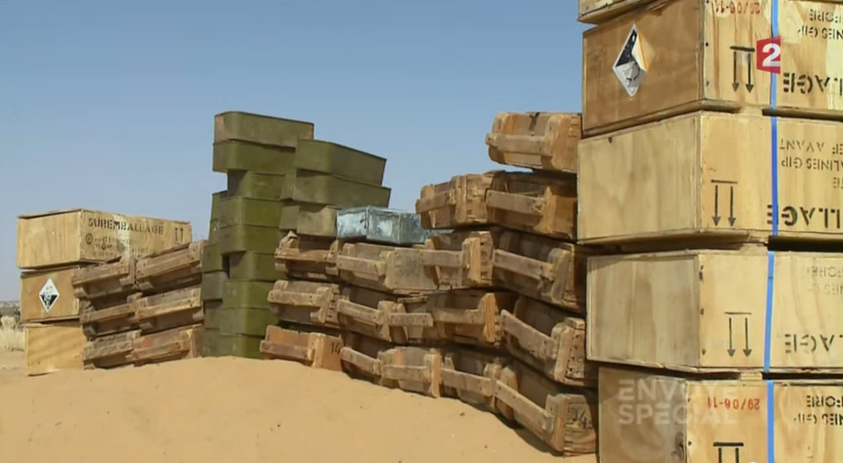
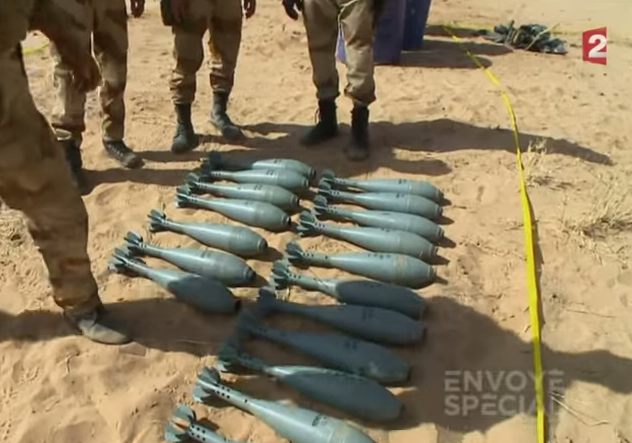

great post, intrigued.
Thanks!
w